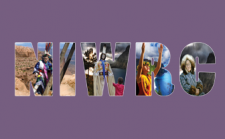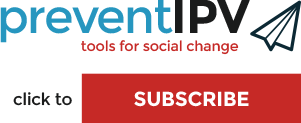Building Girls’ Protective Assets in Indian Country: Intentional Girl-Centered Program Design

The protective asset building approach emerged internationally in the late 1990s as a way to increase teenage girls’ resilience and overall capabilities. It grew in response to research showing that girls’ access to resources and support in their community shrinks at puberty due to heightened fears of sexual violence. At this life-stage girls are not well-served by programs that cater to either children or adult women.
Protective assets are strengths and skills held by girls which can help them stay safer, weather a crisis, and better plan for the future. Protective assets can include: a strong female support network; a safety plan; knowledge of her people’s culture and history; having all identification documents she is eligible for; knowing how and where to apply for educational and social benefits; financial literacy; a starter savings account; and others.
Girl-centered protective asset programs have been shown to help girls in different parts of their lives. These include having greater confidence, lower chances of experiencing sexual assault, better school performance, more health knowledge, and enhanced life planning skills.
The webinar will describe how the protective assets approach is being adapted for girls in Indian Country, and how you can join an initiative to help you build such a program in your own community.

